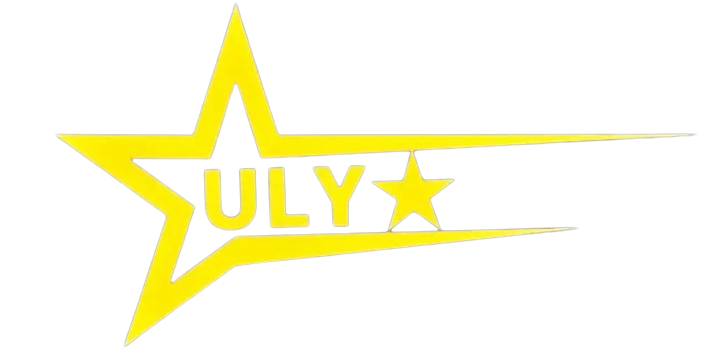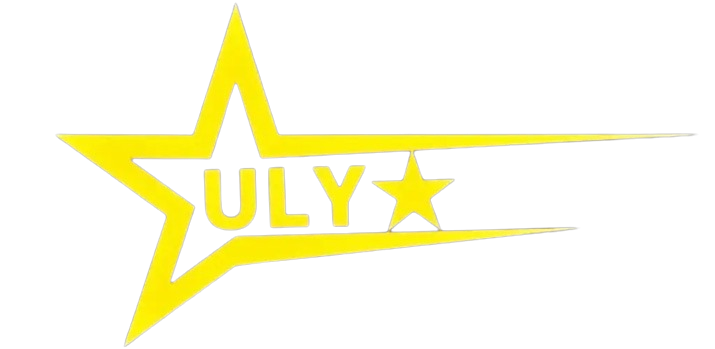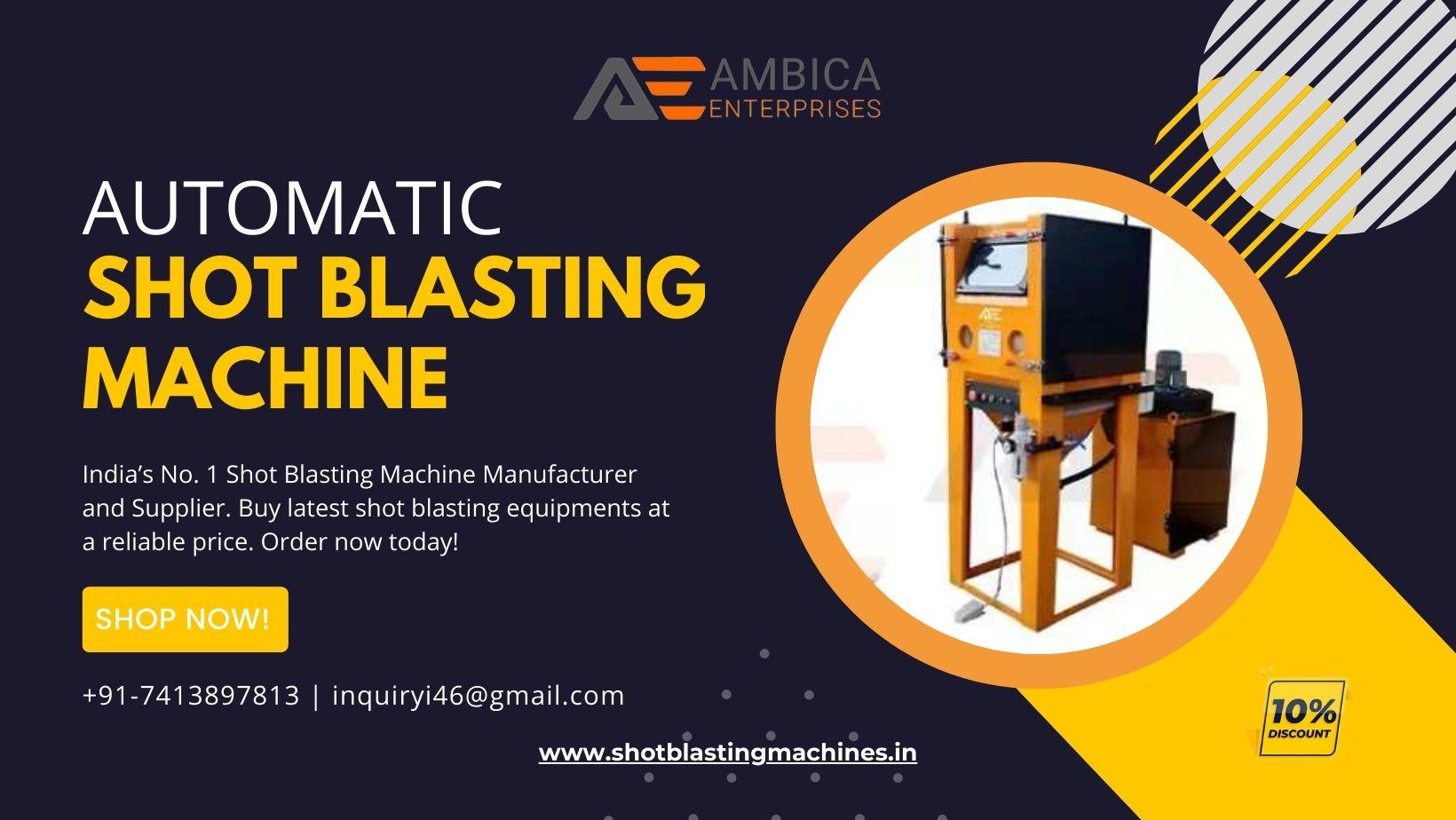Shot blasting is an essential surface preparation process used in various industries, from construction to automotive manufacturing. It’s a technique that involves propelling abrasive materials at a high speed to clean, strengthen, or polish a surface.
This guide, developed by Ambica Enterprises, provides an in-depth understanding of the key shot blasting techniques and their applications.
What is Shot Blasting?
Shot blasting is a mechanical process that involves the cleaning or surface preparation of metal, concrete, and other materials by bombarding them with high-velocity abrasive shots. These abrasive media, such as steel shots, grit, or sand, are propelled using a shot blasting machine, which generates the necessary force to achieve the desired surface finish.
Key Components of Shot Blasting
- Shot Blasting Machine: The main equipment used in this process, designed to propel abrasive materials at high speeds.
- Abrasive Media: Materials like steel shots, steel grit, or glass beads are used, depending on the type of surface and the desired finish.
- Surface: The material being treated, such as metal, concrete, or composite surfaces.
Types of Shot Blasting Techniques
Shot blasting techniques vary based on the material to be treated and the intended application. Here are the most common techniques:
1. Wheel Blasting
Wheel blasting is an automated process where a high-speed rotating wheel propels the abrasive media onto the surface. This technique is efficient and suitable for large-scale operations, commonly used in industries such as automotive manufacturing and construction.
- Applications: Cleaning castings, preparing metal surfaces for coating, removing mill scale.
- Advantages: High-speed operation, consistent surface finish, suitable for batch processing.
2. Air Blasting
In air blasting, compressed air is used to propel the abrasive media through a nozzle. This method offers greater control over the pressure and velocity, making it ideal for more delicate surfaces or complex geometries.
- Applications: Surface cleaning of complex parts, removal of rust and paint, preparation of surfaces for painting or coating.
- Advantages: Greater flexibility, precise control, suitable for detailed work.
3. Wet Blasting
Wet blasting combines water with the abrasive media, reducing dust and preventing damage to sensitive surfaces. This method is perfect for fine finishing and delicate materials.
- Applications: Cleaning sensitive surfaces, polishing, preparing surfaces for painting.
- Advantages: Dust-free operation, minimal surface damage, excellent for corrosion-sensitive materials.
4. Centrifugal Blasting
Centrifugal blasting involves using a centrifugal force to propel the abrasive media at a high velocity. This technique is suitable for high-production environments, as it delivers a uniform finish across large surfaces.
- Applications: Cleaning metal parts, removing scale from steel, improving surface adhesion for coatings.
- Advantages: High efficiency, reduced operation time, consistent results.
Choosing the Right Abrasive Media
Selecting the appropriate abrasive media is crucial for achieving the desired surface finish. At Ambica Enterprises, we offer a wide range of abrasive media to suit various applications.
Steel Shots
Steel shots are spherical in shape and are one of the most commonly used abrasive materials. They are effective for cleaning, peening, and polishing metal surfaces, providing a smooth finish.
- Applications: Surface preparation for painting, cleaning of large metal surfaces, shot peening.
- Advantages: Durable, reusable, high efficiency.
Steel Grit
Steel grit is angular in shape, making it more aggressive than steel shots. It’s ideal for removing heavy contaminants like rust, mill scale, and paint.
- Applications: Surface cleaning of heavily rusted metal, preparation of metal for galvanizing or coating.
- Advantages: Aggressive cleaning action, efficient removal of heavy coatings.
Glass Beads
Glass beads are non-metallic and less aggressive, making them ideal for polishing and cleaning delicate surfaces without damaging the underlying material.
- Applications: Cleaning of plastic, rubber molds, fine surface finishing.
- Advantages: Non-reactive, excellent for delicate work, reusable.
Advantages of Shot Blasting
Shot blasting offers a multitude of benefits across industries, from cost-efficiency to enhanced surface quality. Here are some of the major advantages:
- Surface Preparation: One of the primary benefits of shot blasting is its ability to prepare surfaces for further treatments such as painting, coating, or galvanizing.
- Rust and Contaminant Removal: Shot blasting effectively removes rust, scale, and old paint, leaving a clean surface.
- Improved Adhesion: By creating a roughened surface, shot blasting helps coatings, paints, or other treatments adhere more effectively.
- Peening for Durability: Shot blasting can increase the durability of metal parts through a process known as peening, where the surface is strengthened by creating compressive stress.
- Environmentally Friendly: Unlike chemical processes, shot blasting doesn’t require harmful solvents, making it an eco-friendly method of surface preparation.
Shot Blasting Process
Understanding the shot blasting process is essential for achieving optimal results. The process can be broken down into the following stages:
1. Loading the Workpiece
The material to be treated is loaded onto a conveyor belt or placed into a blast chamber. For wheel blasting, the workpiece is continuously fed through the system.
2. Media Propulsion
Abrasive media is propelled at high velocity using air pressure or rotating wheels, striking the surface with force to clean or modify it.
3. Media Recovery
In most shot blasting systems, the abrasive media is collected and recycled for reuse. This reduces material waste and improves the cost-efficiency of the process.
4. Finishing and Inspection
After blasting, the treated workpiece is inspected for quality and uniformity. Any additional treatments, such as coating or painting, can then be applied to the surface.
Also Check - Shot Blasting Machine Price in India
Applications of Shot Blasting
Shot blasting has a wide range of applications across various industries:
- Automotive Industry: Shot blasting is used for cleaning and preparing metal parts before assembly or coating.
- Construction: It’s commonly used to remove contaminants from steel beams and concrete surfaces.
- Shipbuilding: Rust and paint removal from ship surfaces, ensuring a clean surface for new coatings.
- Aerospace: Surface preparation of critical components to improve fatigue strength and resistance to wear.
Conclusion
In conclusion, shot blasting is a versatile and highly effective technique for surface preparation, cleaning, and strengthening. At Ambica Enterprises, we offer a comprehensive range of shot blasting machines and abrasive media to meet the needs of various industries. Whether you're looking for high-volume production or precise surface finishing, our solutions provide unmatched quality and efficiency.
For more information on our products and services, contact Ambica Enterprises today. Our team of experts is ready to assist you with selecting the right shot blasting technique for your specific needs.
Source: - https://buymeacoffee.com/kavyaguptad/how-choose-right-shot-blasting-machine-your-needs



